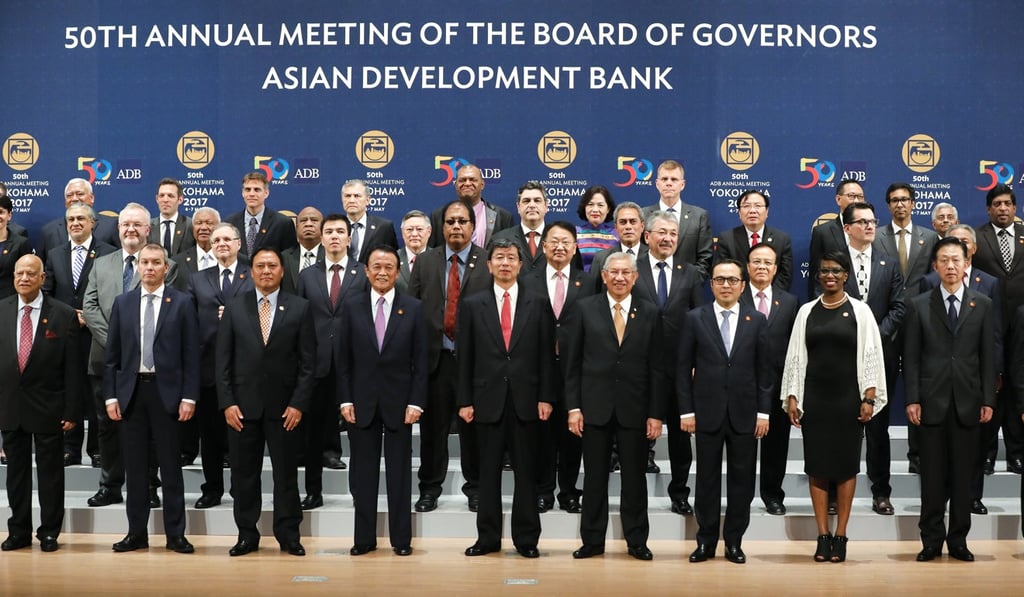Who will pay for China’s new Silk Road?
Beijing is backing a host of financial institutions to help fund its ambitious “Belt and Road Initiative”

According to an estimate by the Asian Development Bank, there is a funding gap of US$26 trillion for the infrastructure projects that will be required in Asia by 2030. China’s “Belt and Road Initiative” is designed to help meet this shortfall, but the plans for the belt and road scheme raise the question of how it will meet its funding demands.
What agencies will China use to help fund belt and road projects?
In addition to existing multinational lenders – such as the China-Africa Development Fund, the Asian Development Bank and the World Bank – China has created new financial agencies in recent years, on its own or with other countries.
The Silk Road Fund was set up at the end of 2014 to finance belt and road projects. It has US$40 billion in capital from China’s foreign exchange reserves and policy banks – China Development Bank and Export-Import Bank of China.
